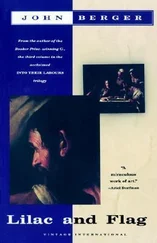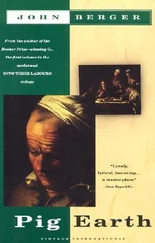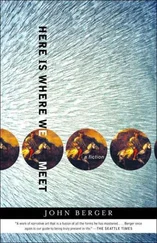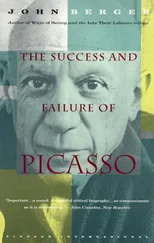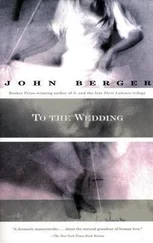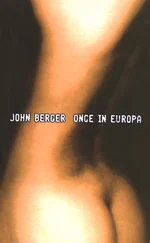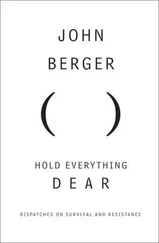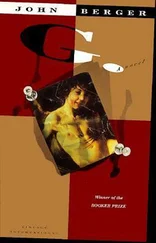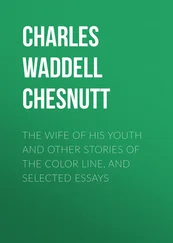I am not advocating a new Pre-Raphaelite movement, nor am I making any qualitative judgment — in the broadest human sense — of the art of the last three and a half centuries. But now when so many artists tend — either in terms of technique or subjective experience — to throw themselves vainly against the frontiers of painting in the hope that they will be able to cut their own unique individual passes, now when the legitimate territory of painting is hardly definable, I think it is useful to observe the limitations within which some of the greatest painters of our culture were content to remain.
When one goes into the Renaissance galleries, it is as if one suddenly realized that in all the others one had been suffering from a blurred short-sightedness. And this is not because many of the paintings have been finely cleaned, nor because chiaroscuro was a later convention. It is because every Flemish and Italian Renaissance artist believed that it was his subject itself — not his way of painting it — which had to express the emotions and ideas he intended. This distinction may seem slight but it is critical. Even a highly mannered artist like Tura convinces us that every woman he painted as a madonna actually had doubly sensitive, double-jointed fingers. But a Goya portrait convinces us of Goya’s own insight before it convinces us of his sitter’s anatomy; because we recognize that Goya’s interpretation is convincing, we are convinced by his subject. In front of Renaissance works the exact opposite occurs. After Michelangelo the artist lets us follow him; before, he leads us to the image he has made. It is this difference — the difference between the picture being a starting-off point and a destination — that explains the clarity, the visual definitiveness, the tactile values of Renaissance art. The Renaissance painter limited himself to an exclusive concern with what the spectator could see, as opposed to what he might infer. Compare Titian’s presented Venus of Urbino of 1538 with his elusive Shepherd and Nymph of thirty years later.
This attitude had several important results. It forbade any attempt at literal naturalism because the only appeal of naturalism is the inference that it’s ‘just life like’: it obviously isn’t, in fact, like life because the picture is only a static image. It prevented all merely subjective suggestibility. It forced the artist, as far as his knowledge allowed him, to deal simultaneously with all the visual aspects of his subject — colour, light, mass, line, movement, structure, and not, as has increasingly happened since, to concentrate only on one aspect and to infer the others. It allowed him to combine more richly than any later artists have done realism and decoration, observation and formalization. The idea that they are incompatible is only based on today’s assumption that their inferences are incompatible; visually an embroidered surface or drapery, invented as the most beautiful mobile architecture ever, can combine with realistic anatomical analysis as naturally as the courtly and physical combine in Shakespeare.
But, above all, the Renaissance artist’s attitude made him use to its maximum the most expressive visual form in the world — the human body. Later the nude became an idea — Arcadia or Bohemia. But during the Renaissance every eyelid, breast, wrist, baby’s foot, nostril, was a double celebration of fact: the fact of the miraculous structure of the human body and the fact that only through the senses of this body can we apprehend the rest of the visible, tangible world.
This lack of ambiguity is the Renaissance, and its superb combination of sensuousness and nobility stemmed from a confidence which cannot be artificially re-created. But when we eventually achieve a confident society again, its art may well have more to do with the Renaissance than with any of the moral or political artistic theories of the nineteenth century. Meanwhile, it is a salutary reminder for us even today that, as Berenson has said so often and so wisely, the vitality of European art lies in its ‘tactile values and movement’ which are the result of the observation of the ‘corporeal significance of objects’.
1955
The Calculations of Piero
After reading Brecht’s Galileo I was thinking about the scientist’s social predicament. And it struck me then how different the artist’s predicament is. The scientist can either reveal or hide the facts which, supporting his new hypothesis, take him nearer to the truth. If he has to fight, he can fight with his back to the evidence. But for the artist the truth is variable. He deals only with the particular version, the particular way of looking that he has selected. The artist has nothing to put his back against — except his own decisions.
It is this arbitrary and personal element in art which makes it so difficult for us to be certain that we are accurately following the artist’s own calculations or fully understanding the sequence of his reasoning. Before most works of art, as with trees, we can see and assess only a section of the whole: the roots are invisible. Today this mysterious element is exploited and abused. Many contemporary works are almost entirely subterranean. And so it is refreshing and encouraging to look at the work of the man who probably hid less than any other artist ever: Piero della Francesca.
Berenson praises ‘the ineloquence’ of Piero’s paintings:
In the long run, the most satisfactory creations are those which, like Piero’s and Cézanne’s, remain ineloquent, mute, with no urgent communication to make, and no thought of rousing us with look or gesture.
This ineloquence is true so far as Piero’s protagonists are concerned. But in inverse ratio to how little his paintings say in terms of drama, they say volumes about the working of his own mind. I don’t mean they reveal his psychology. They reveal the processes of his conscious thought. They are open lessons in the logic of creating order. And possibly the inverse ratio exists because, just as the aim of the machine is economy of effort, the aim of systematic thought is economy of thought. Anyway it remains true that before a Piero you can be quite sure that any correspondence or coincidence which you discover is deliberate. Everything has been calculated. Interpretations have changed, and will change again. But the elements of the painting have been fixed for good and with comprehensive forethought.
If you study all Piero’s major works, their internal evidence will lead you to this conclusion. But there is also external evidence. We know that Piero worked exceptionally slowly. We know he was a mathematician as well as a painter, and that at the end of his life, when he was too blind to paint, he published two mathematical treatises. We can also compare his works to those of his assistants: the works of the latter are equally undemonstrative, but this, instead of making them portentous, makes them lifeless. Life in Piero’s art is born of his unique power of calculation.
This may at first sound coldly cerebral. However, let us look further — at the Resurrection in Piero’s home town of San Sepolcro. When the door of the small, rather scruffy municipal hall is first opened and you see this fresco between two fictitious, painted pillars, opening out in front of you, your instinct is somehow to freeze. Your hush has nothing to do with any ostentatious reverence before art or Christ. It is because looking between the pillars you become aware of time and space being locked in a perfect equilibrium. You stay still for the same reason as you do when you are watching a tight-rope walker — the equilibrium is that fine. Yet how? Why? Would a diagram of the structure of a crystal affect you in the same way? No. There is more here than abstract harmony. The images convincingly represent men, trees, hills, helmets, stones. And one knows that such things grow, develop and have a life of their own, just as one knows that the acrobat can fall. Consequently, when here their forms are made to exist in perfect correspondence, you can only feel that all that has previously occurred to them has occurred in preparation for this presented moment. Such a painting makes the present the apex of the whole past. Just as the very basic theme of poetry is that of time passing, the very basic theme of painting is that of the moment made permanent.
Читать дальше

